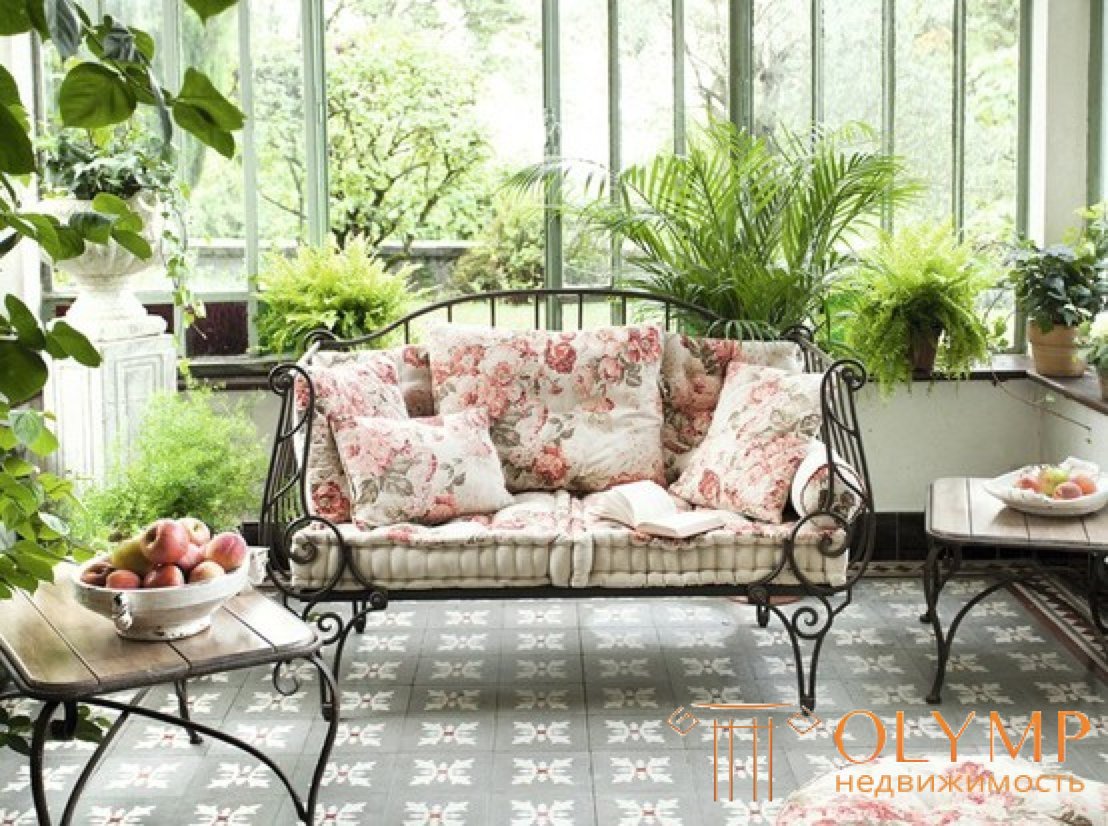
Phytodesign .
The phytodesign also refers to the practice of creating plant compositions for interior design, the practice of gardening rooms, and the creation of winter gardens.

The word "phytodesign" comes from two components: "phyto" - that is, referring to plants, and "design" - is the artistic design of objects, the design of the aesthetic appearance. Thus, phytodesign is the artistic design of the aesthetic appearance of interiors and landscapes using plants.
The term phytodesign appeared in the last century, but people have been engaged in decorating their homes with flowers and plants since time immemorial. Even in ancient times, people knew that plants help to create a certain atmosphere in a house. The inhabitants of ancient Egypt decorated their palaces with tsiperus, the Romans preferred laurel trees for this purpose, and the Chinese used azalea. In those days, houseplants were the privilege of the very rich. In India, it was even considered a crime if the poor man grew orchids in his house.
Time changes a lot, and today everyone has the opportunity to have various plants in the apartment and use them to improve their life. For a harmonious homely atmosphere, not so much is needed: a love for plants, basic knowledge of shape and color, and taste in making phytocompositions.
A piece of Nature in our 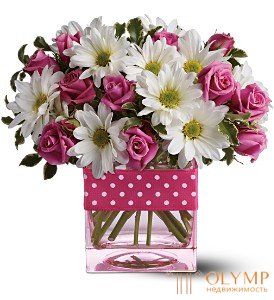 everyday life always has a positive effect on our well-being, mood, stimulates certain areas of our activity. But not every space can give enough light for fresh flowers. In this case, the best solution will be professional herbal compositions, which are developed in terms of their purpose and positive design.
everyday life always has a positive effect on our well-being, mood, stimulates certain areas of our activity. But not every space can give enough light for fresh flowers. In this case, the best solution will be professional herbal compositions, which are developed in terms of their purpose and positive design.
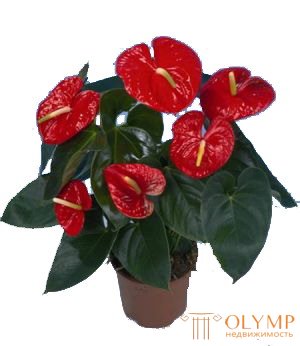 We always associate the beautiful with a flower. And he has his own - someone has a Chinese rose, someone has a violet, and someone has a peony ... And the flower itself is not so simple - it carries a certain value, a certain energy. A skillful, correct composition can be the key to health, prosperity, happiness.
We always associate the beautiful with a flower. And he has his own - someone has a Chinese rose, someone has a violet, and someone has a peony ... And the flower itself is not so simple - it carries a certain value, a certain energy. A skillful, correct composition can be the key to health, prosperity, happiness.
The word "phytodesign" comes from two components: "phyto" - that is, referring to plants, and "design" - is the artistic design of objects, the design of the aesthetic appearance. Thus, phytodesign is the artistic design of the aesthetic appearance of interiors and landscapes using plants.
The term "phytodesign" 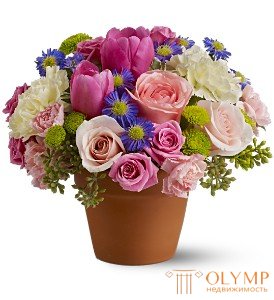 appeared in the last century, but people are engaged in the decoration of their homes with flowers and plants from time immemorial. Even in ancient times, people knew that plants help to create a certain atmosphere in a house. The inhabitants of ancient Egypt decorated their palaces with tsiperus, the Romans preferred laurel trees for this purpose, and the Chinese used azalea. In those days, houseplants were the privilege of the very rich. In India, it was even considered a crime if the poor man grew orchids in his house.
appeared in the last century, but people are engaged in the decoration of their homes with flowers and plants from time immemorial. Even in ancient times, people knew that plants help to create a certain atmosphere in a house. The inhabitants of ancient Egypt decorated their palaces with tsiperus, the Romans preferred laurel trees for this purpose, and the Chinese used azalea. In those days, houseplants were the privilege of the very rich. In India, it was even considered a crime if the poor man grew orchids in his house.
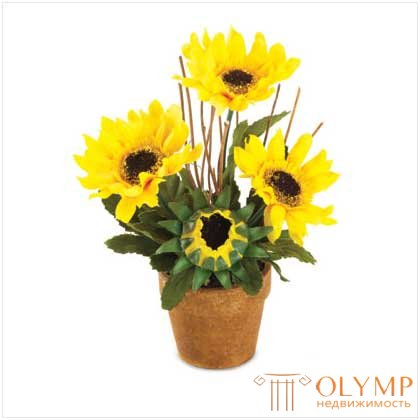 The interior of the apartment, office, any other room will not be considered complete if there are no plants in it. A vase of flowers, a pot with a houseplant, a well-composed mini-composition of living, dried and artificial plants, a fountain or a mini-pond, decorated with artificial and lively greens - all this with good placement is a highlight, an important point in interior design.
The interior of the apartment, office, any other room will not be considered complete if there are no plants in it. A vase of flowers, a pot with a houseplant, a well-composed mini-composition of living, dried and artificial plants, a fountain or a mini-pond, decorated with artificial and lively greens - all this with good placement is a highlight, an important point in interior design.
Plants have some 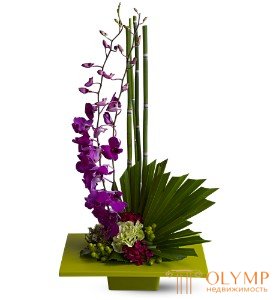 attracting force, they create a special aura around them. The spiritual world of man is closely connected with flowers and flowering plants. And although every nation today perceives beauty in its own way, but there is a beauty of plants and flowers - the beauty of flora.
attracting force, they create a special aura around them. The spiritual world of man is closely connected with flowers and flowering plants. And although every nation today perceives beauty in its own way, but there is a beauty of plants and flowers - the beauty of flora.
Academician A. M. Grodzinsky (1983) identifies six main tasks phytodesign
Что бы оставить комментарий войдите
Комментарии (0)